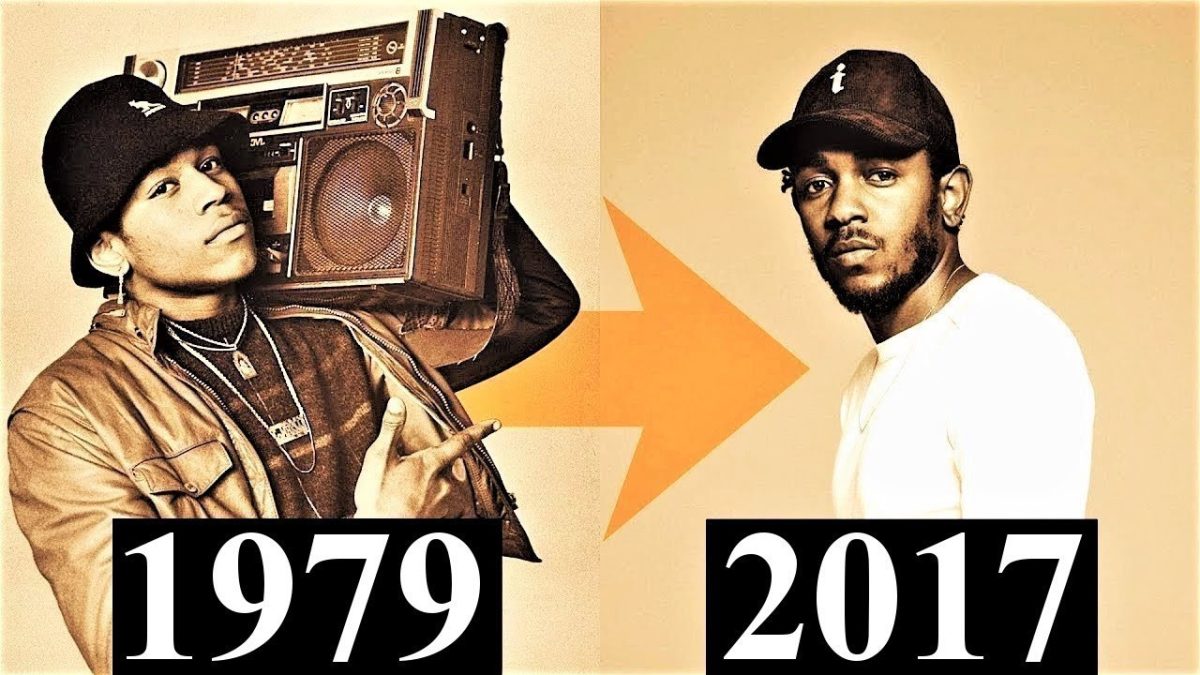Time to commemorate the 50th birthday of this ground-breaking cultural phenomenon as the throbbing beats and rhythmic poetry of hip-hop continue to enthral listeners worldwide. Hip-hop, which originated in the early 1970s on the streets of New York City, has transformed from a small subculture to a major force in culture, influencing social action, fashion, music, and language.
Table of Contents
The Origins of a Movement:
The roots of hip-hop may be located in the Bronx, where innovative DJs like Kool Herc created the groundwork for a brand-new musical style. These early innovators employed turntables and mixers to make contagious rhythms, opening the way for emcees to spew repetitive lyrics over the rhythm-heavy tunes, driven by creativity and a desire to better their neighbourhoods. An art form that would soon rule the globe was born from the union of rhythm and lyricism.
Diversity and Evolution of Hip-Hop:
Hip-Hop has proven to have a remarkable potential for adaptation and evolution throughout the years. The genre has continuously represented the reality and goals of its creators, from the poetic narrative of the Sugarhill Gang’s “Rapper’s Delight” to the socially aware lyrics of musicians like Public Enemy and N.W.A. Hip-hop evolved into sub-genres including gangsta rap, conscious rap, and trap as it gained popularity outside of its New York roots, each of which offered a distinctive viewpoint and aesthetic.
Cultural Impact:

Hip-hop has a significant cultural impact that goes well beyond the music. From the 1980s’ baggy apparel and trainers to the 2000s’ bling and streetwear, it has influenced fashion trends. Words like “bling,” “lit,” and “dope” have entered common speech, demonstrating how its language and slang have permeated society. Furthermore, the focus on individualism and self-expression in the genre has struck a chord with underrepresented groups, giving them a voice.
Global Impact:

What started as a regional phenomenon has grown into a worldwide movement. Hip-hop has connected individuals from all walks of life by transcending boundaries, languages, and cultural differences. Global musicians continue to be inspired by the rich tapestry of hip-hop, from South Korea’s BTS shattering records on the Billboard charts to Nigeria’s Burna Boy’s Afrobeat-infused rhythms.
Social Activism:
Hip-hop has also demonstrated its ability to be a potent weapon for social action and change. Artists have utilised their songs and platforms to address important causes, such as the battle against racial injustice and cries for equality and representation. Icons like Kendrick Lamar and Tupac Shakur have penned moving lyrics that address systemic issues, igniting debate and driving action.
Challenges and Criticisms:
Hip-hop has not been without controversy despite its numerous successes. Important discussions within the genre have been sparked by criticisms of graphic lyrics, the glorification of violence, and the objectification of women. But these conversations have also prompted reflection and a need for more responsible and significant material.
Looking Ahead:

In the future, Hip-Hop’s influence is still strong as it approaches its 50th birthday. The versatility and innovation of the genre continue to draw in new artists and fans. As a result of the development of digital platforms and the democratisation of music production, aspiring producers and emcees may now more readily than ever before share their works with the globe.
Conclusion:
Hip-Hop’s rise from the Bronx’s streets to international fame is proof of its ongoing influence and resonance. Let’s consider its effects and honour the creators who have influenced its course as we mark the 50th anniversary of this cultural powerhouse. Hip-hop has left a legacy of empowerment, inventiveness, and self-expression, and its future looks to be as bit as exciting and powerful as its history.












